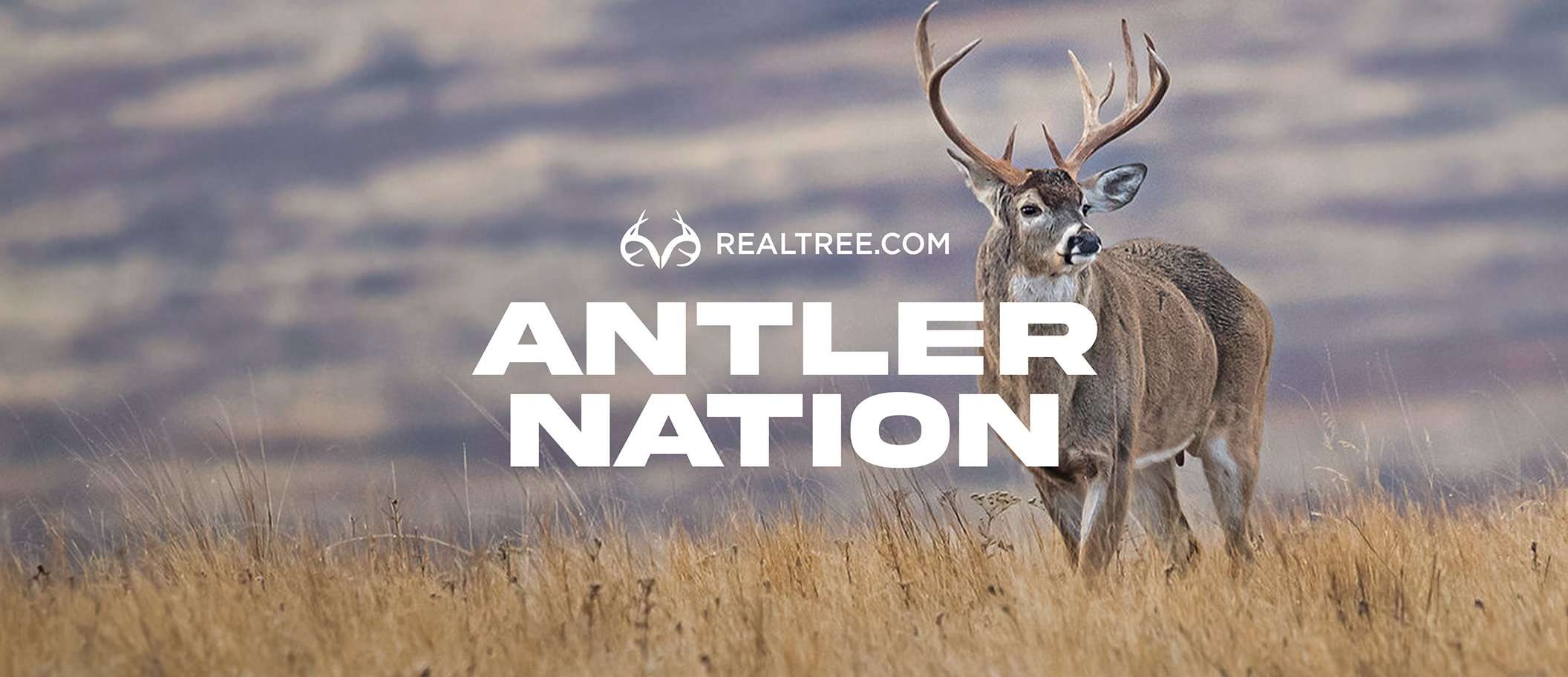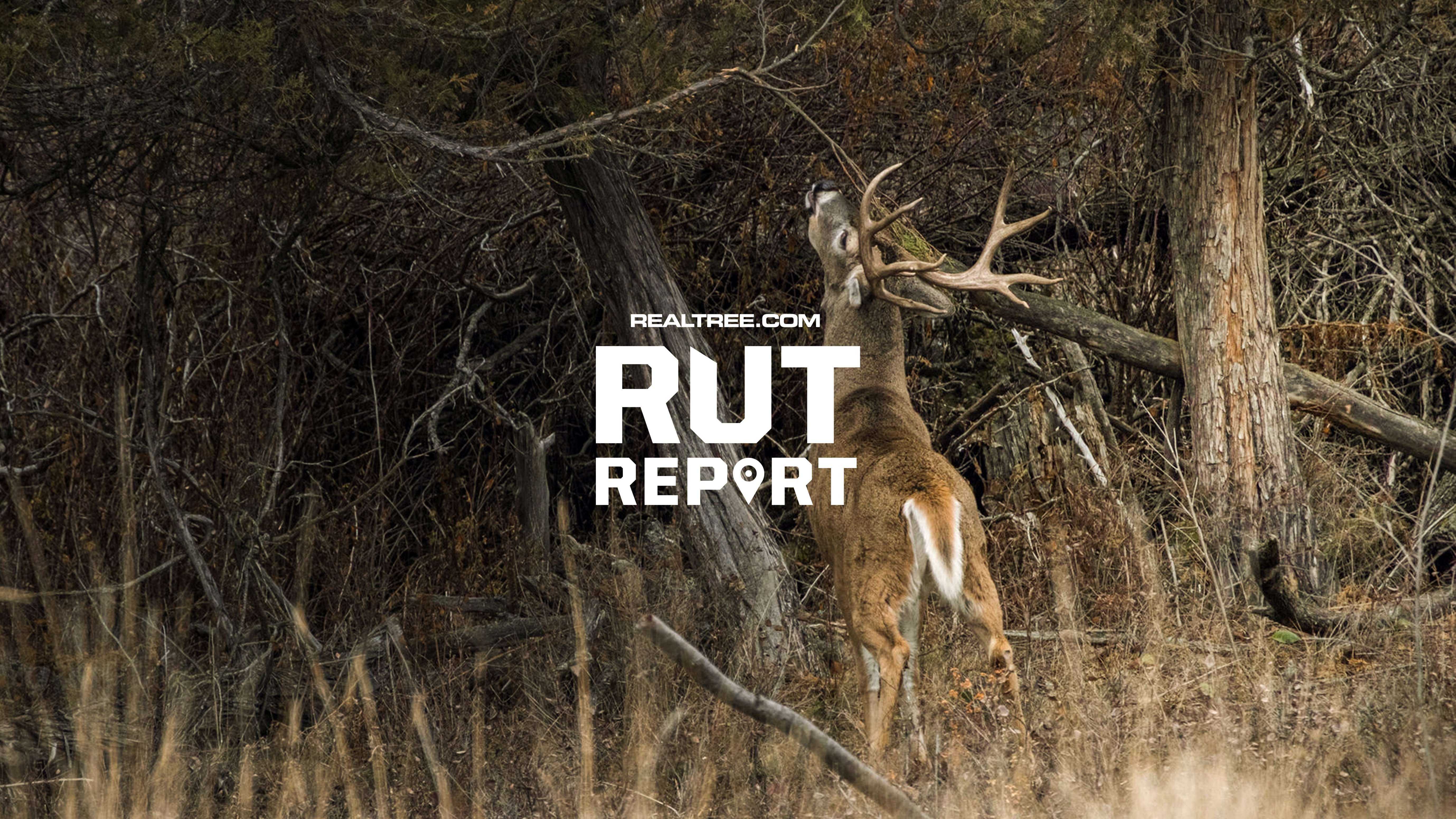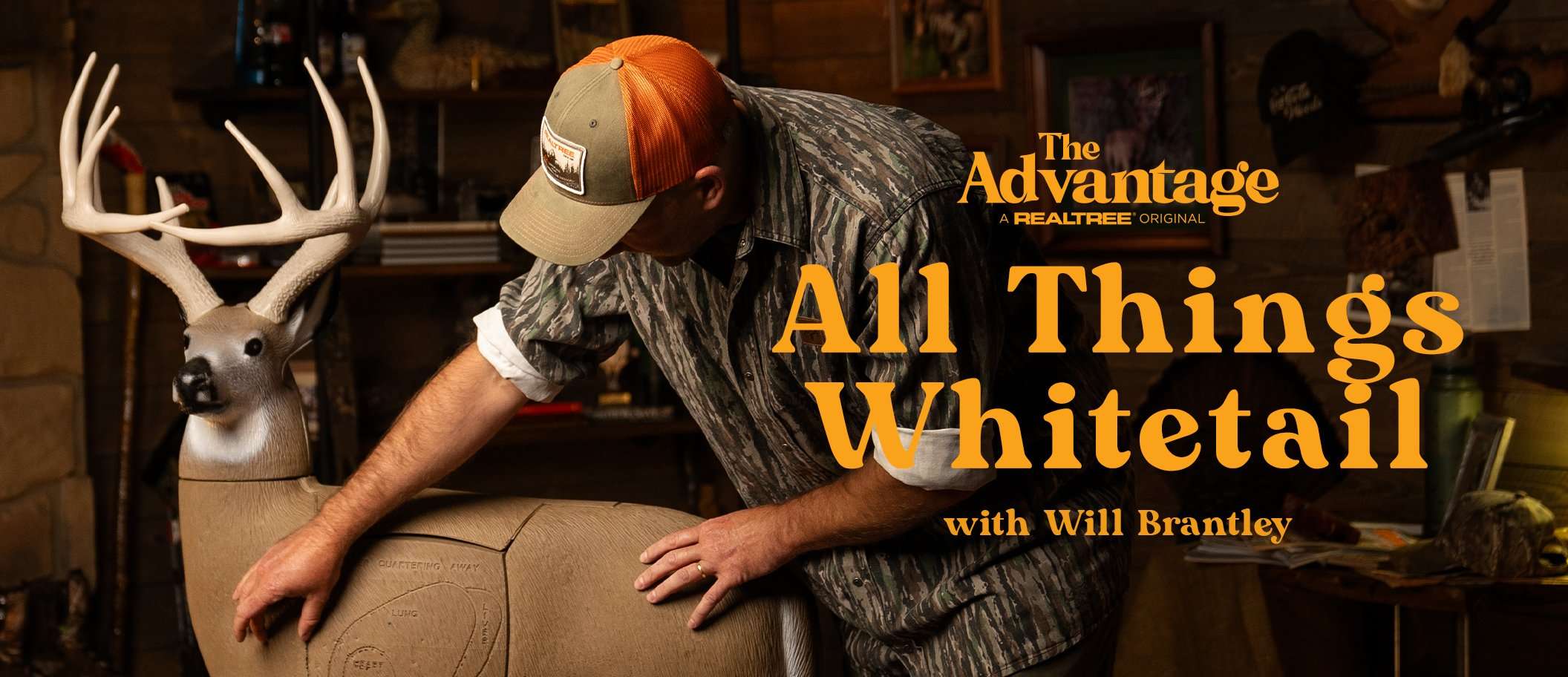A lot of talk gets thrown around in deer hunting conversations, but much of it isn't true
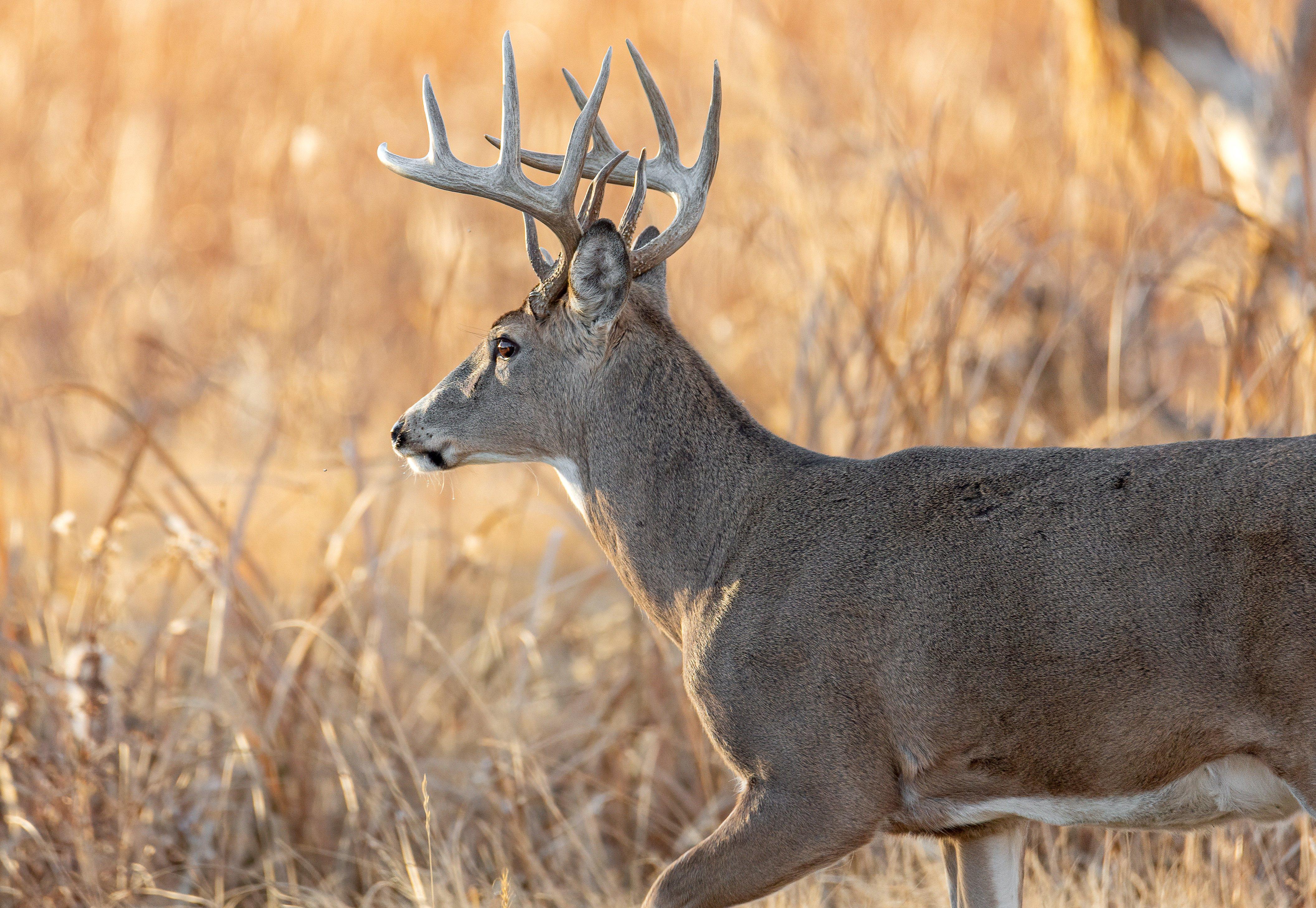
Contrary to popular belief, bucks don’t always grow larger antlers every year. Photo by Wirestock Creators.
Whitetail hunters are talkers. Some conversations become a chess match to see who knows the most. And like it or not, most of us have made statements we think are true but ultimately are not. To that end, let’s see how sharp you are as we discuss five misconceptions about whitetails.
ALL BREEDING OCCURS IN NOVEMBER
Most hunters know that certain regions of the South have a later rut than the East, Midwest, and West, which share a classic November peak rut. However, it might surprise you that in the Midwest, does occasionally get bred as early as late September and the first few weeks of October. It’s a fact that Brian Murphy, a certified wildlife biologist who long served as CEO of the Quality Deer Management Association, said is based on fetal measurements in studies he and other biologists have done.
“Does are seasonally polyestrous, which means their estrous cycles begin in autumn across most regions and can repeat as many as five or six times until they breed and conceive,” Joe Hamilton, QDMA’s founder, said in 2015. “Whitetails breed in the United States from mid-July (south-central Florida) through late February or early March (some portions of the Florida panhandle and Alabama). However, most whitetails breed in October and November, with some activity occurring well into December.”
DON’T MISS: Tyler Jordan Bags Potential Louisiana State Record Buck
Doe fawns become part of the breeding pool after the November rut. “Doe fawns breed in the Northeast and Midwest when they reach 70 pounds,” Hamilton said. “In the Southeast, some doe fawns breed in January or early February, even if they haven’t reached breeding weight. In regions where breeding begins in October or November, some adult does are entering their third or fourth estrus cycles by the time the doe fawns reach their breeding weights.”
There you have it. Based on science and research, not all does are bred during the November rut.
BUCKS GROW LARGER ANTLERS EVERY YEAR
It’s often said that a buck will be larger next year. If he is 4-1/2 years old or younger, that statement is likely true. However, it’s unlikely that a buck will continue to grow larger antlers if he lives beyond 6-1/2 years old. Most whitetail experts agree that whitetail bucks hit their peak antler growth at 5-1/2 to 6-1/2 years old.
DON’T MISS: Realtree’s 2024 Camo Christmas Gift Guide
Of course, let’s not ignore other factors that affect antler growth. An injury to one side of the body can often stunt the growth of the rack’s opposite antler or cause some abnormal characteristics. Moisture and nutrition are also big contributors to antler growth. And as I alluded to in the previous paragraph, racks often peak and stay the same or begin to regress when a buck is older than 6-1/2.
All of the monster bucks that come across our social media news feeds would lead us to believe that a buck just needs another year or two to score more than 170 inches, but the fact is that a relatively small pool of bucks has what it takes to hit 170 inches, even at 6-1/2 years old. I’ve shot more than a handful of 5-1/2-year-old-or-older bucks, and the three largest ones measured just larger than 150 inches. Again, not all bucks have what it takes to score high, even when they’re mature.
DOES ALWAYS HAVE TWO FAWNS
Lindsay Thomas Jr. of the National Deer Association wrote in a May 2024 article that almost all does are limited to three fawns. Although triplets are rare, he also noted that in very rare cases, does have been documented as having four and even five fawns.
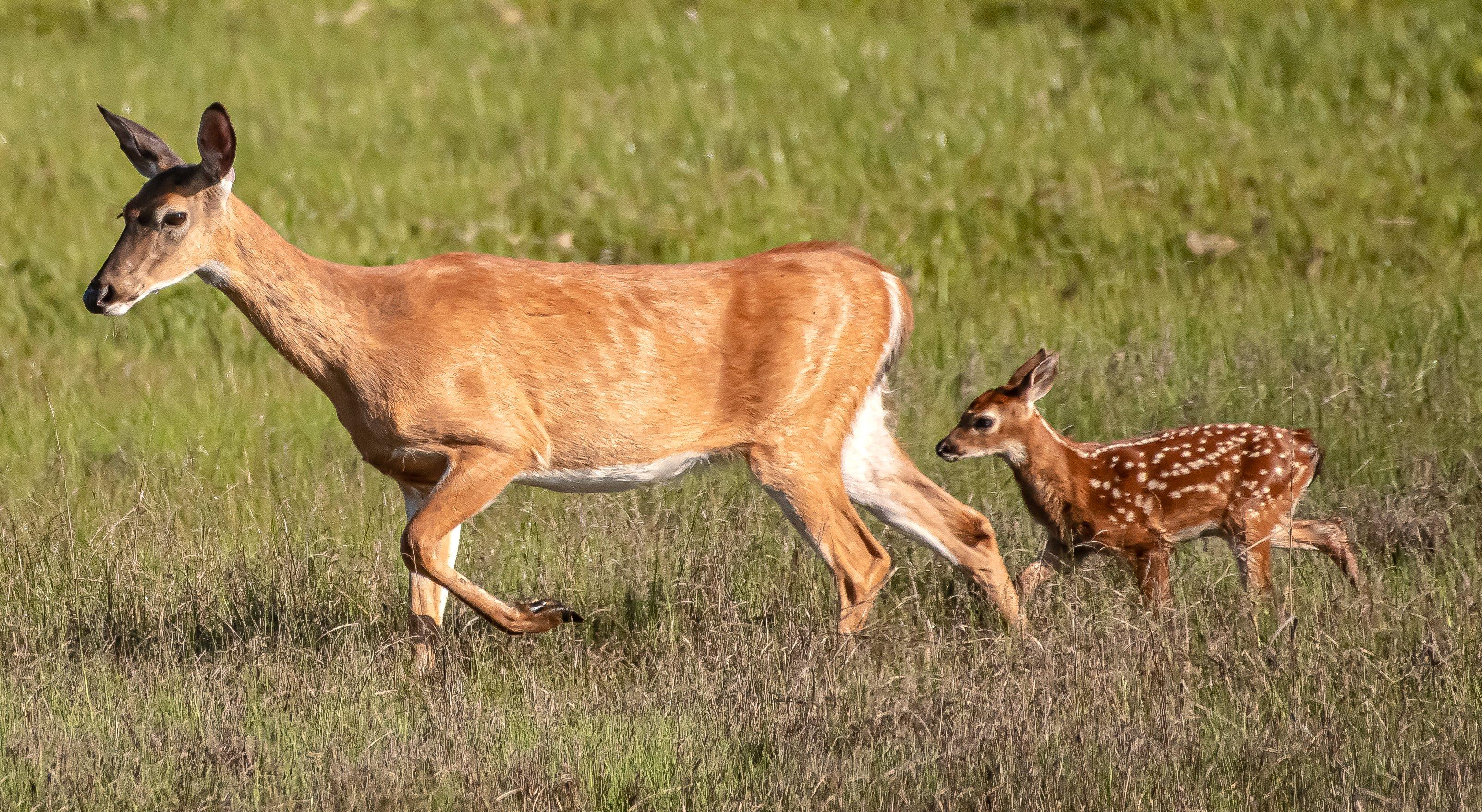
Does commonly have one or two fawns, but in extremely rare cases, they can bear as many as five. Photo by Fegis.
He further wrote, “Whitetail pregnancy rates and the number of fawns per pregnancy are strongly related to doe age and herd health. Single births are more common among younger does in their first-ever pregnancy. Most healthy adult whitetail does give birth to twins. In lower-quality habitat or areas where deer density is too high, twins are about as good as it gets. In higher-quality habitat where deer numbers are in balance with available nutrition, as many as 15% of adult does may bear triplets. Yes, fewer does in quality habitat actually recruit more fawns than overpopulated does in poor habitat.”
OLDER DEER DON’T TASTE AS GOOD AS YOUNGER DEER
I constantly hear statements aimed at young deer such as, “It’ll be a nice tender one,” or, “He’s only a forky, but he’ll eat good.” I don’t doubt those statements, but they almost suggest that older deer have meat comparable to sun-baked roadkill that’s as chewy as boot leather. I’ve taken many deer that were 4-1/2 years old and older, and I’ve enjoyed the mild flavor and non-chewy meat. Sure, now and then, a deer will exhibit gamy flavor, but most of the time, as long as you practice proper meat care, a 5-1/2-year-old buck will almost always taste great and be tender. Avoid touching the tarsal gland while caring for the meat, and don’t drive around with the deer in the back of your truck for days.
WHITETAILS ARE WHITETAILS
You’ve seen one whitetail and you’ve seen them all, right? Well, not exactly. I’ve had the pleasure of hunting in many states, and I’ve seen differences in hair color, antler characteristics, and body shape and size. That’s because various subspecies exist across the landscape.
CHECK OUT OUR LATEST CAMO PATTERN: Realtree APX
Experts believe that at least 16 subspecies roam the United States and Canada, with even more reaching down through Mexico and into South America.
According to an article by Dale Deckman for Whitetails Unlimited, these are the 16 subspecies and their distribution:
Leucurus: south-central Oregon near the Umpqua River and southern Washington/northern Oregon along the Columbia River.
Ochrourus: western Canada and northern Rocky Mountains.
Couesi: Arizona and New Mexico, and ranging into Mexico.
Dacotensis: western and central Canada, Wyoming, Montana, Colorado, North Dakota, South Dakota, and parts of western Minnesota.
Texanus: throughout Texas.
Macrourus: Texas Panhandle, and parts of New Mexico, Colorado, Kansas, and Nebraska.
Mcilhennyi, osceola, and seminolus: along the Gulf Coast from Texas through Louisiana, Alabama, Mississippi, and all of Florida, excluding the Keys.
Clavium: Florida Keys.
Nigribaris, hiltonensis, venatorius, taurinsulae: small pockets along the Atlantic Coast of South Carolina.
Virginianus: common throughout south Atlantic states.
Odocoileus virginianus borealis: central and eastern Canada, Wisconsin, Minnesota, and Illinois.
NOW YOU KNOW
As mentioned, a lot of misconceptions are tossed around in deer hunting discussions, including the five we’ve discussed. Rather than take someone’s word for it, do your own homework to know the truth before you spew something you heard from someone else.




